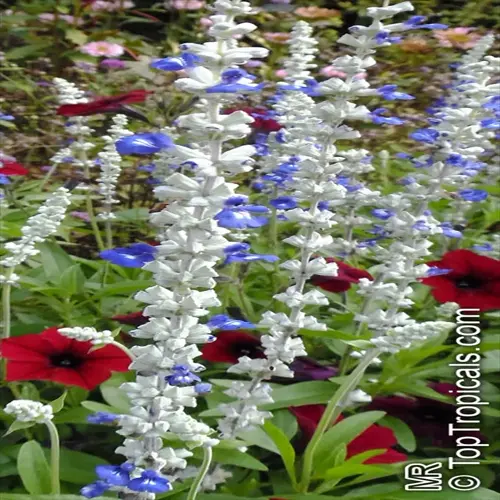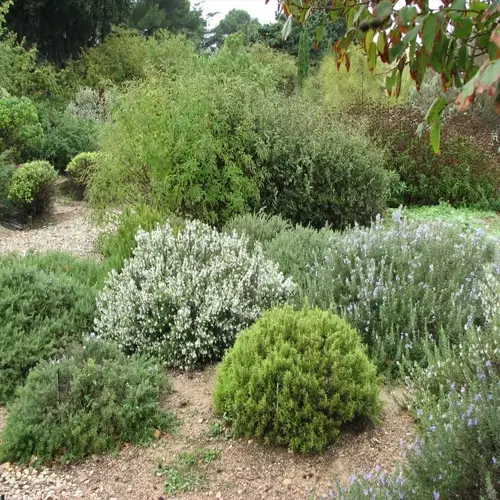Does thyme survive winter and regrow annually?

Written by
Tina Carter
Reviewed by
Prof. Charles Hartman, Ph.D.Thyme is a aperennial herb which is supposed to reemerge every spring in USDA zones 5 to 9, if given proper winter care. Since thyme is indigenous to the Mediterranean region, it can survive dormancy but requires certain protections. I've kept thyme plants alive through Midwest winters for 10 years, and I'll share my methods that work.
Zones 5-6 Protection
- Apply 4-inch (10 cm) pine needle mulch after ground freezes
- Cover plants with breathable fabric during sub-20°F (-7°C) nights
- Avoid pruning after September to prevent new vulnerable growth
Zones 7-9 Care
- Use light straw layer only during unexpected frosts below 25°F (-4°C)
- Ensure perfect drainage to prevent winter root rot in wet soils
- Reduce watering frequency by 50% during dormancy periods
Container Strategies
- Move pots to unheated garages or against house foundations
- Group containers together and wrap with bubble insulation
- Water monthly when temperatures exceed 40°F (4°C)
Dormancy triggers activate under 50°F (10°C), signaling to plants that their metabolic activity has decreased. Plants will stop growing and redirect their energy into their root systems. This is nature's way of helping thyme conserve its resources. Never fertilize during this period, as doing so will force new, vulnerable growth.
Container thyme requires special considerations in colder zones. Move pots close to south-facing windows before the first frost. I keep them at an indoor temperature of 40-60°F (4-15°C) for optimum dormancy. Water it, on a minimal program of only 1-2 times a month, until spring growth begins.
Observe spring regrowth signs in and around the last frost date. Look for tiny green buds (usually shiny green) on woody stems at the base of the plant. New shoots will come out 1-2 weeks after this. By the time the temperatures are consistently above freezing and the frost danger has passed, you can begin to remove winter mulch gradually.
Plants exhibit recovery signs. Silver-gray stems indicate healthy tissue, while the black sections require removal. Return to living wood and apply seaweed extract to stimulate growth. Most of the time, thyme makes a full recovery by mid-summer if treated properly.
Create a spring care plan when new growth is at 2 inches (5 cm). Start with water and a balanced fertilizer, applied regularly. My plants will triple in size by early summer due to the change in seasons. The plants should be divided every three years to maintain their health.
Read the full article: How to Grow Thyme: Ultimate Beginner's Guide

